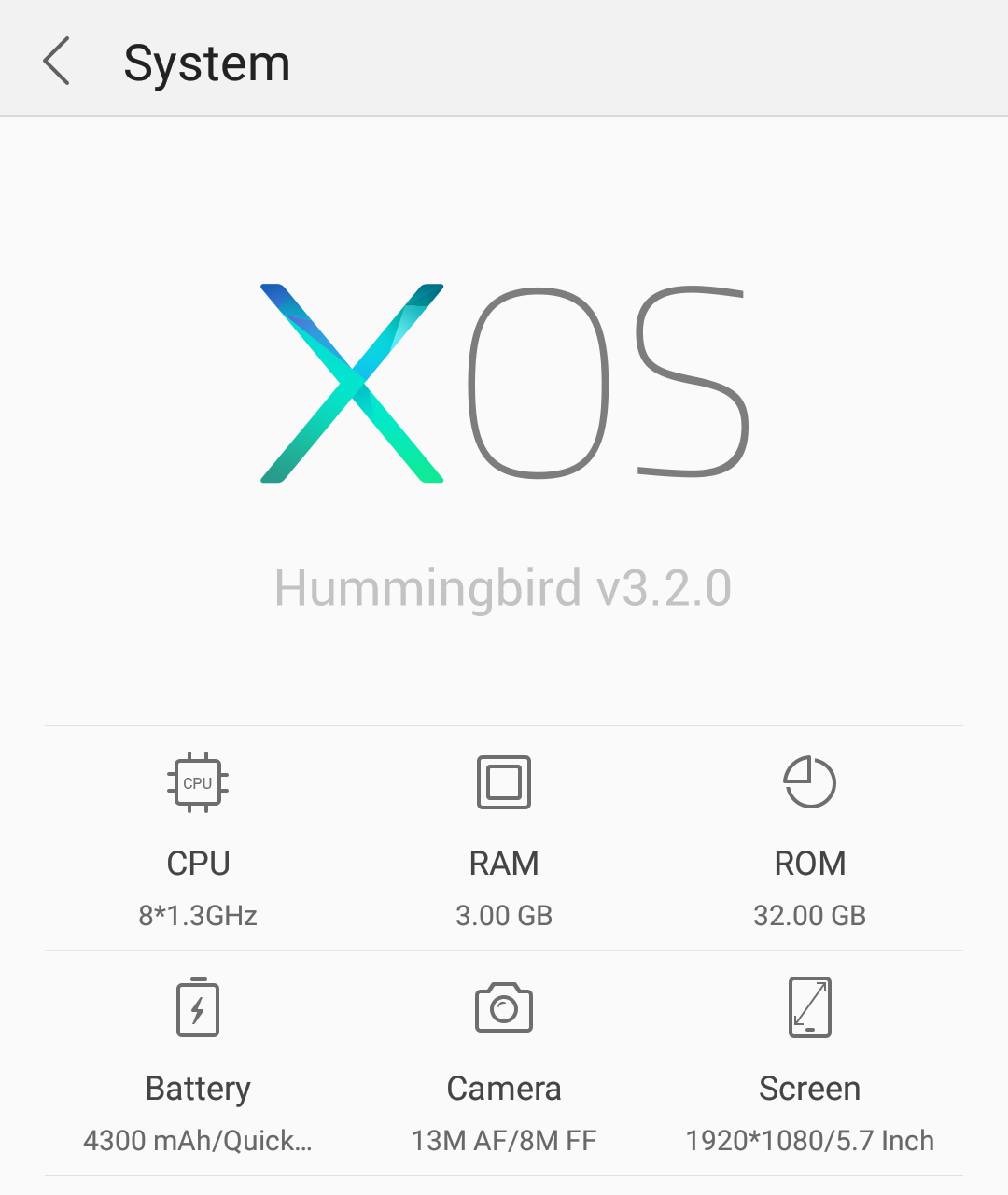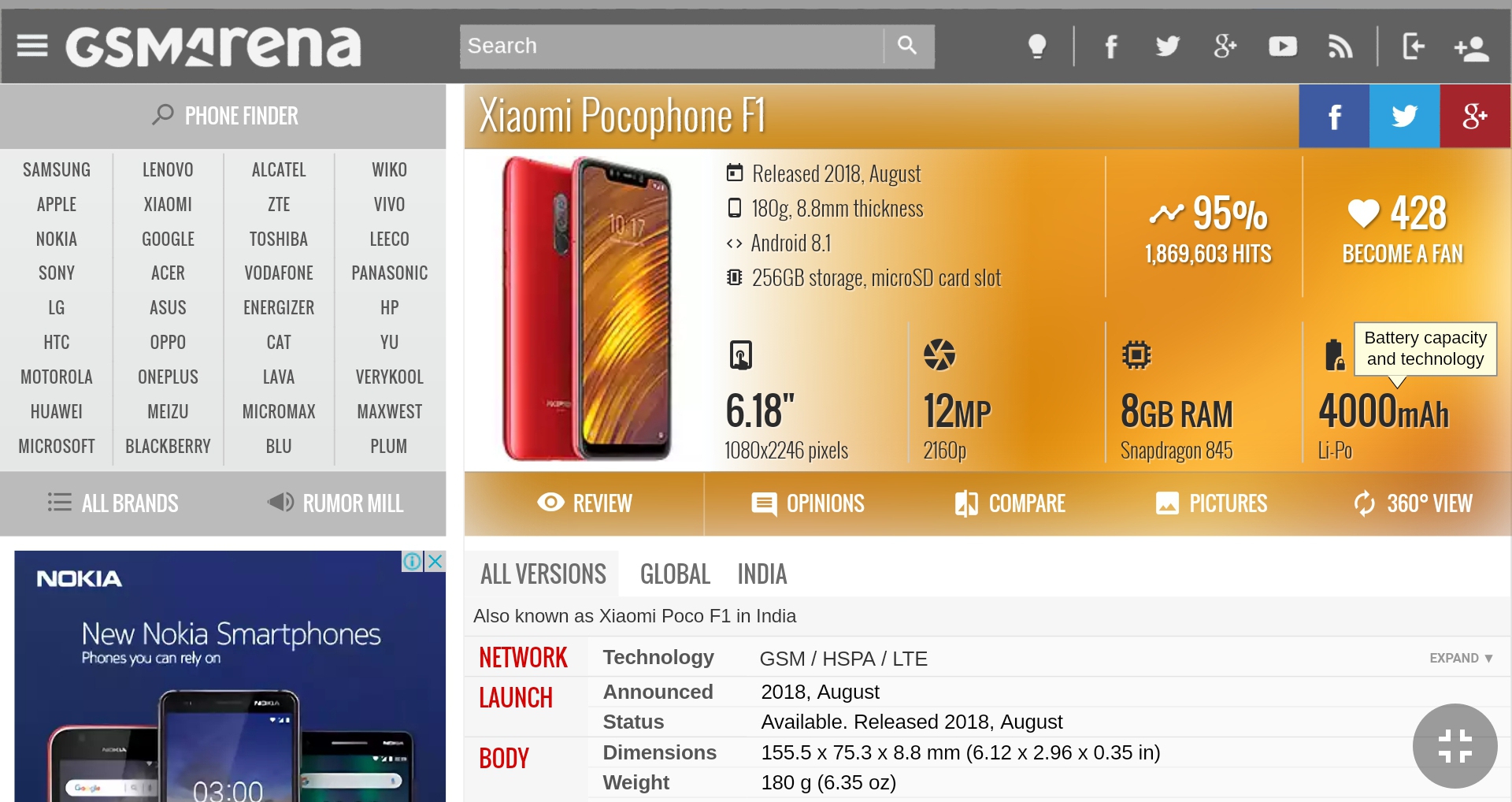In addition to the above, there are a ton of ‘smart’ phones available in the market right now that it has become harder than ever choosing the smartphone that suits the needs of the average smartphone user. This is where smartphone specifications come in: they help users make informed buying decisions and aids efficient device review & comparison purposes. So, whether you are looking to buy your first smartphone, or you are in the market for an upgrade, getting your hands on smartphone specifications is key. But how do you find out your smartphone specifications before making the decision to trade it in for a supposedly better one? Find out below.
On your device
Though you would only get basic information from your device itself, it is still an effective way of knowing what your smartphone is made of. For Android: On Android-powered phones, opening your device ‘Settings‘ menu and navigating to ‘System‘ will show you details about you phone’s display, CPU, RAM, ROM, rear and front-facing camera configuration, and battery information. Should you need to know more, navigate to ‘About Phone‘ from the System menu and you’ll be presented with more information revolving around your phone name, operating system version, serial number, build number, Android security patch level, legal information, etc. For iOS: Just like Android, iOS phones and tablets inherent specifications listing also provides little information about storage properties, iOS version, phone model and whatnot — basic specifications. To access them, open up your iPhone or iPad ‘Settings‘ menu, navigate to ‘General‘, then ‘About‘.
Manufacturer’s website
Every OEM have their official websites where they list the full specifications of all devices. All you need to do is search up your smartphone’s (model) name on the manufacturer’s website. In contrast to checking up your phone’s specs in your phone’s setting menu, this method supplies deeper information like phone dimensions, weight, battery type, SIM types, display technology, network bands support, supported audio and video formats, available sensors and a whole lot more about any device of choice. For example, visiting Samsung’s official website and entering “Note 8” in the search bar will reveal all the specifications of the Samsung Galaxy Note 8.
Third-party Websites
What better place is there to get information about your smartphone than on the internet. At the click of a button, you can get everything you need to know about your smartphone listed neatly on a single webpage. There are popular platforms like GSMArena and PDevice that are leading providers of technical specifications of almost any smartphone in the world. Type in your phone name in the search bar and the device specs will be displayed accordingly. Some of these third-party websites even offer side-by-side specs comparison of two or more smartphones.
Third-party Apps
There are available third-party applications and benchmarking tools that can provide first-hand information about your devices specifications. From CPU details to camera, network, operating system, battery, GPU, processor, and even sensors present on your device. Though these apps may eat up some of your devices space and RAM, they are complete packages and supply accurate specifications. Mostly available on and supported by Android devices, and examples include DevCheck, CPU-Z, and My Device. They are harmless to your device (though the ads might annoy you) and are all available on the Google Play Store.



